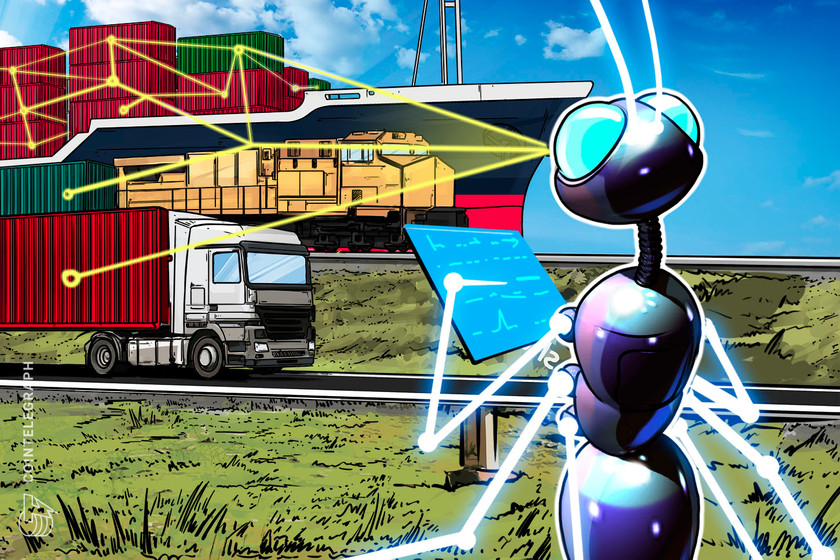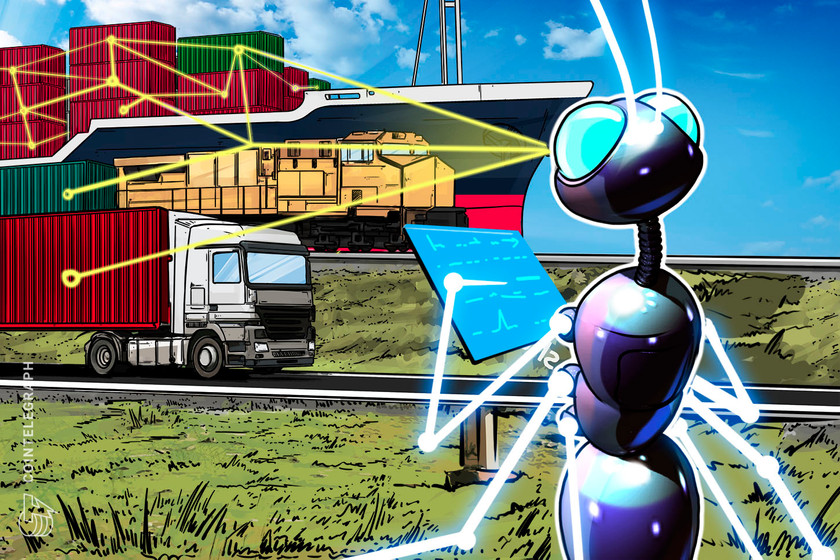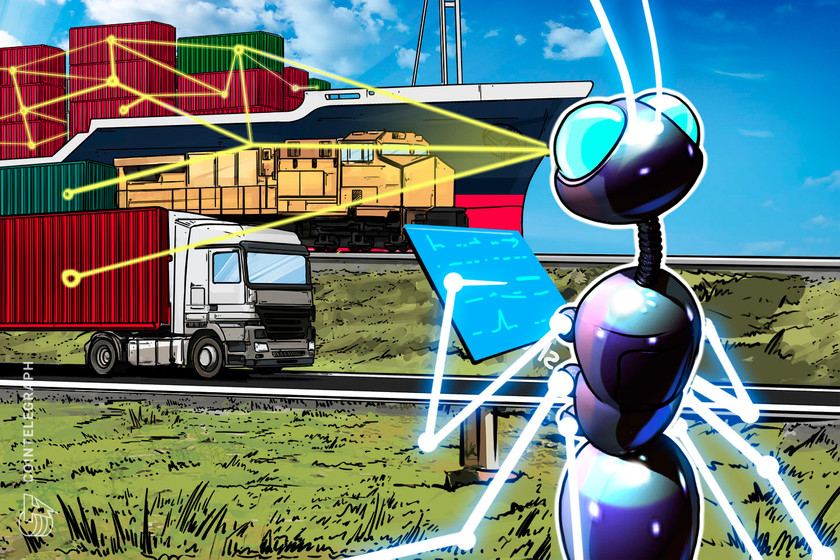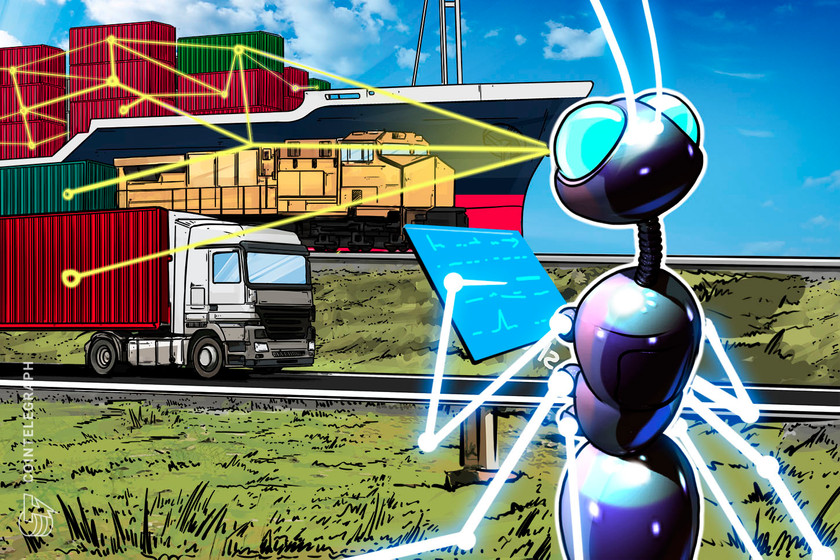Hong Kong takes the lead in blockchain logistics after Maersk TradeLens demise


China and Hong Kong are pouring money into the blockchain logistics industry to take the lead.
After Danish logistics firm Maersk terminated its blockchain-based supply chain platform last year, industry builders have not given up on blockchain applications in global trade.
Hong Kong-based Global Shipping Business Network (GSBN), a nonprofit consortium focused on blockchain trade applications, is bullish on blockchain as a crucial logistics tool in the long term.
According to a report by the South China Morning Post, GSBN currently operates one of the world’s largest platforms that can be described as an alternative to Maersk’s TradeLens tool. The platform is based on a permissioned blockchain with strong data governance, allowing only authorized parties to contribute and consume shipping-related data.
Since launching its blockchain-based shipping platform in 2021, GSBN has tapped major shipping partners like Cosco, Orient Overseas Container Line and Hapag-Lloyd. The organization has also reached partnerships with terminal operators like Hutchison Ports, SPG Qingdao Port, PSA International, Shanghai International Port Group and Cosco Shipping Ports.
Among the members, only German Hapag-Lloyd and Singaporean PSA International are not based in mainland China or Hong Kong.
Despite major industry firms like Maersk terminating similar projects, GSBN CEO Bertrand Chen is confident that blockchain has yet to catch on, and its adoption may take another decade.
“I think for a lot of people, the clear understanding is this industry has digitized,” Chen said, arguing that there’s no chance that global trade will continue using “pen and paper” by 2032. According to the executive, blockchain has the potential to help the industry transform in response to triggers of supply issues like COVID-19. He stated:
“Because of COVID-19, because you have to change the process, I think this is one of the regular use cases of blockchain […] Probably that’s better than NFTs of digital art. NFTs of documents for global trade — this will be the real killer use case.”
The executive suggested that China was taking the lead in blockchain logistics because the country has been pouring money into the industry. He also acknowledged that many local blockchain solutions have so far been highly specific to China.
Related: Hong Kong’s crypto rules set a high bar for ‘good reason,’ says SFC adviser
“When you throw so much money in one sector because it’s a policy, you’re bound potentially to be able to get lucky,” Chen said. He added that China’s investment in blockchain development would benefit GSBN by generating more potential partners for the firm.
The GSBN CEO also said the organization has global ambitions and is working to attract more European shipping lines. The nonprofit even hopes to onboard Maersk one day but admits that such a scenario “may be slightly challenging,” Chen noted.
Hong Kong has been increasingly emerging as a major Web3 and cryptocurrency hub over the past few months, with the local government taking action to adopt clear industry regulations. Despite a blanket ban on crypto in China, some Chinese government-related firms have reportedly been growing interested in crypto investment, with state-owned firms like CPIC launching crypto-related funds in early April.
Magazine: Asia Express: Zhu Su’s exchange did $13.64 in volume akshually, Huobi











